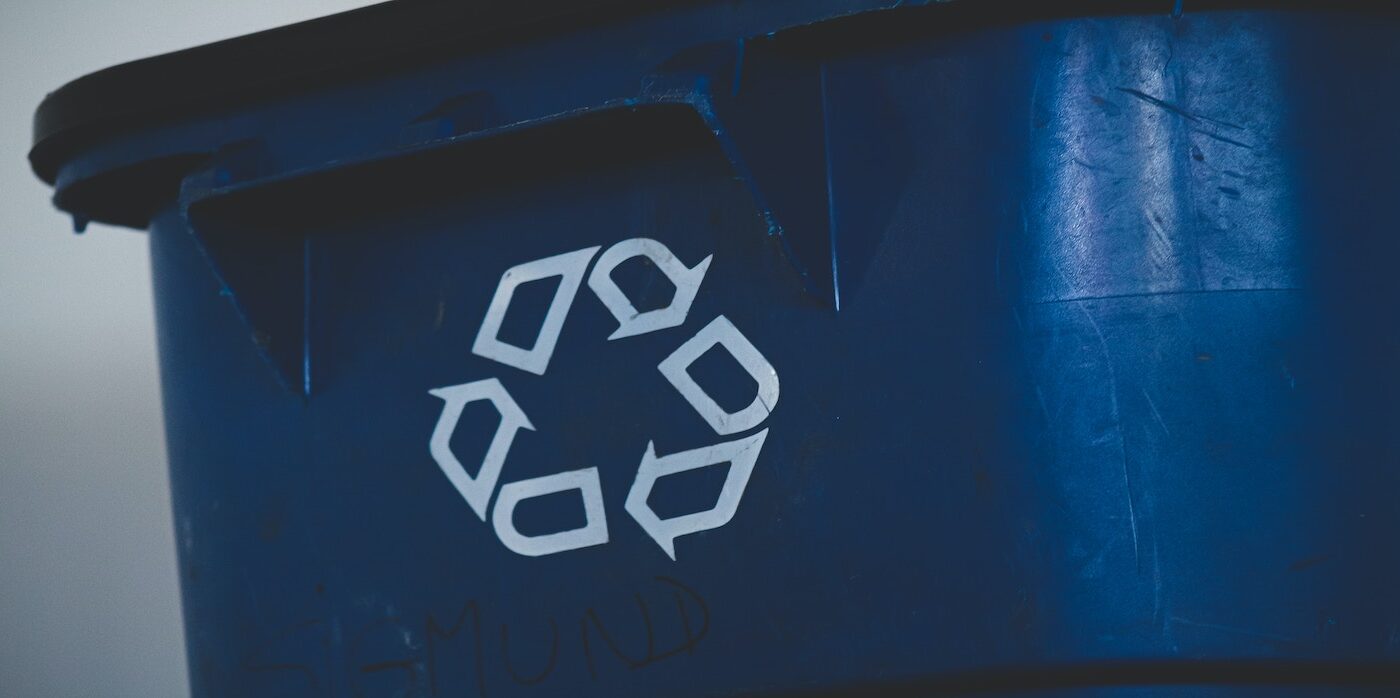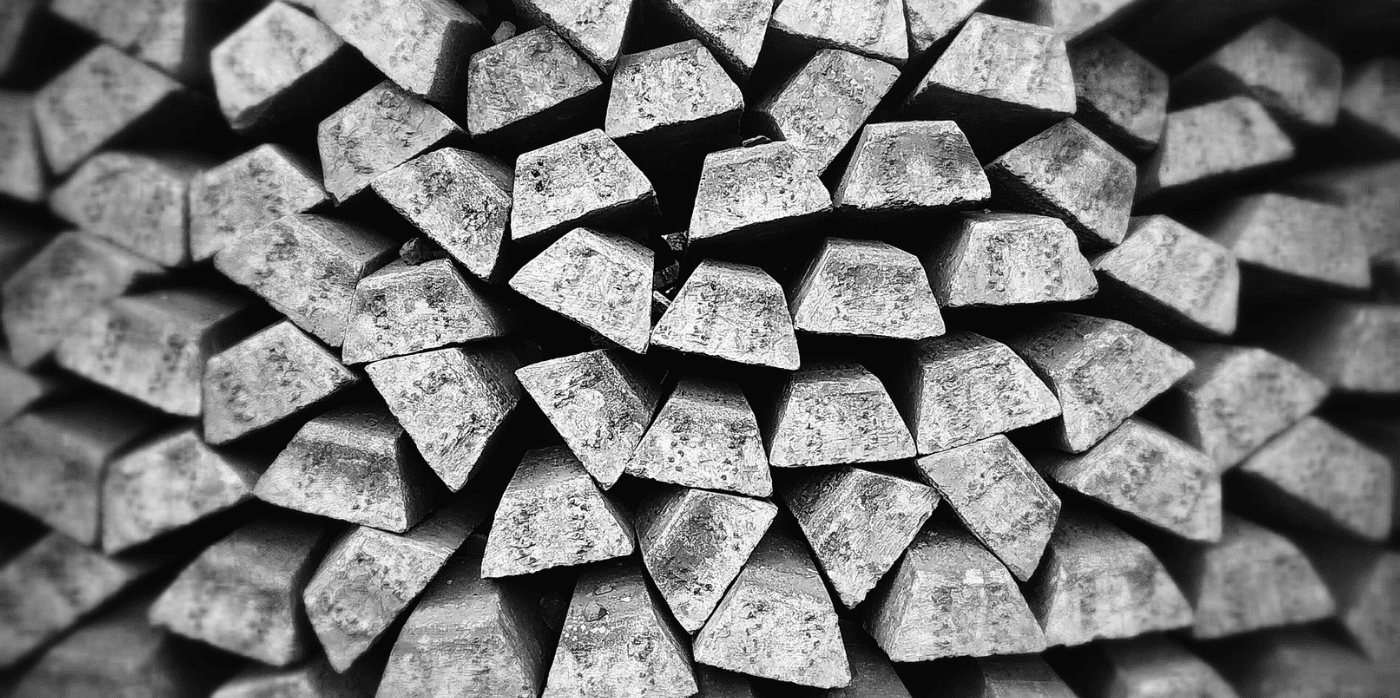Bringing zero-waste circularity to the UAE

Spotted: As economic growth and consumption rise, so does the amount of waste produced. Statista estimates that, by 2050, the world will be producing 3.4 billion metric tonnes of municipal solid waste each year, a 70 per cent increase compared with 2016 figures. Polygreen, which operates as a network of companies to provide integrated and multi-faceted circular economy solutions, is one leading organisation tackling our growing waste problem with creative zero-waste schemes and innovative partnerships.
For instance, Polygreen recently entered into a strategic partnership with Abu Dhabi Waste Management Centre Tadweer, to bring zero-waste, circular economy, and sustainable waste management principles to the Middle East. The Memorandum of Understanding signed by the two partners will focus on sharing knowledge and best practices for high-profile global events such as COP28, United Nations events, and the Delphi Economic Forum, as well as explore the application of Polygreen’s ‘Just Go Zero’ model in Abu Dhabi.
Polygreen has already had success in implementing the Just Go Zero initiative on the Greek island of Tilos, turning the island into a zero-waste destination wherein 100 per cent of municipal solid waste is now diverted from landfill. As well as engaging with local stakeholders to achieve this fully circular zero-waste economy, Polygreen focused on resident education to encourage essential behavioural change in terms of how waste is sorted at home.
Specially designed vehicles collect and weigh the litter from every household and business on the island, and with the Tilos Just Go Zero app, locals receive important information about the programme and can track how much rubbish they have recycled in real-time. Waste is then sent to the Centre for Circular Innovation instead of landfill, where it is sorted for either recycling, reuse, compost, or turned into alternative fuel. The goal is to use similar methodology to accomplish equally impressive results in Abu Dhabi.
Other circular economy innovations recently spotted by Springwise include on-demand data that makes recycling easy, a scheme that lets residents in South Africa exchange recycling for digital currency, and a new approach to circular packaging.
Written By: Lisa Magloff



